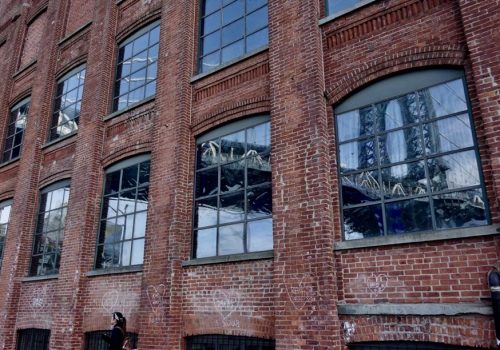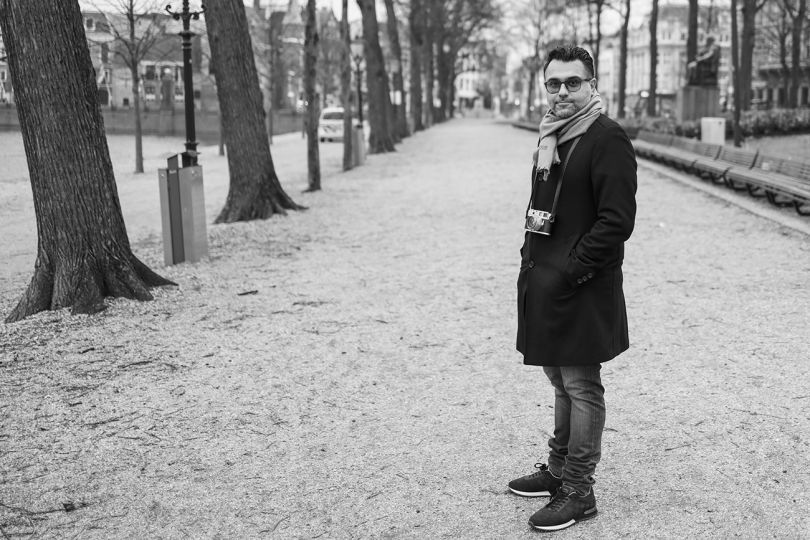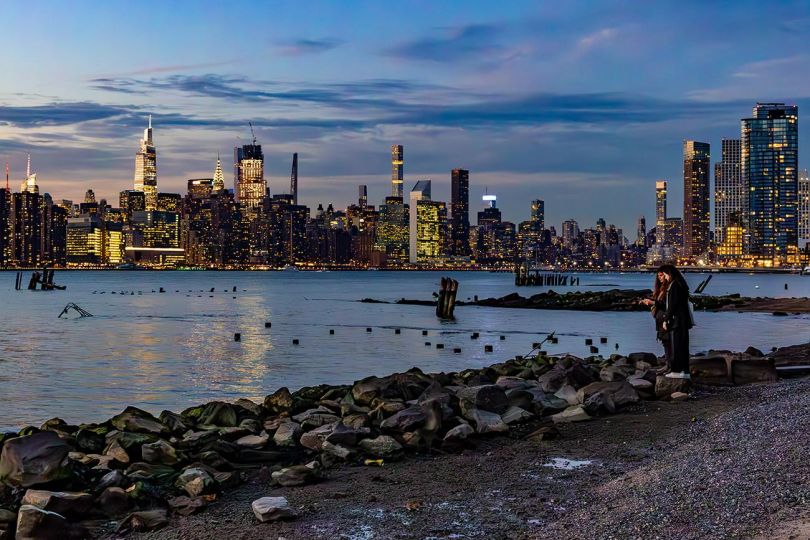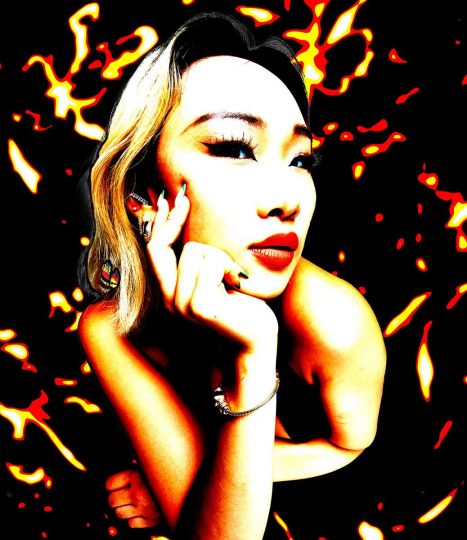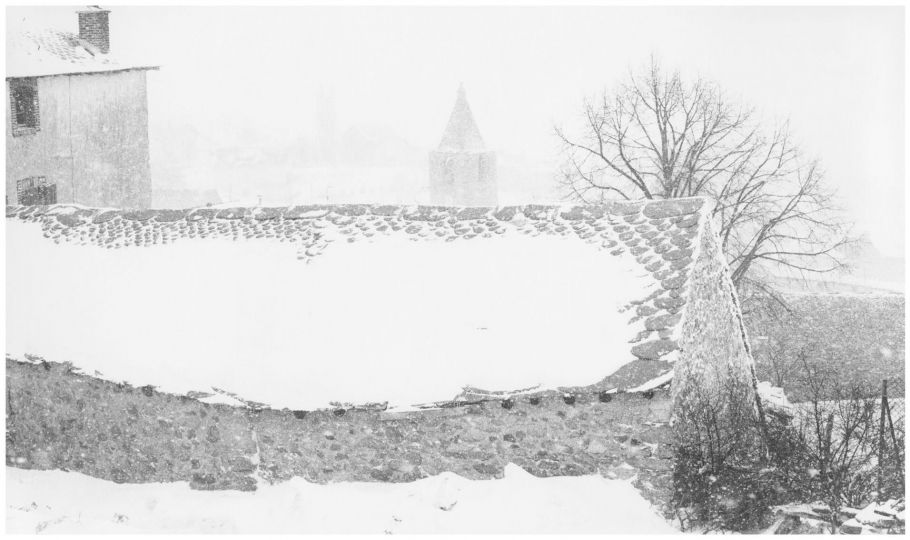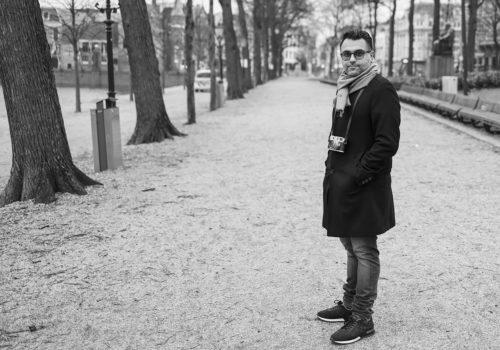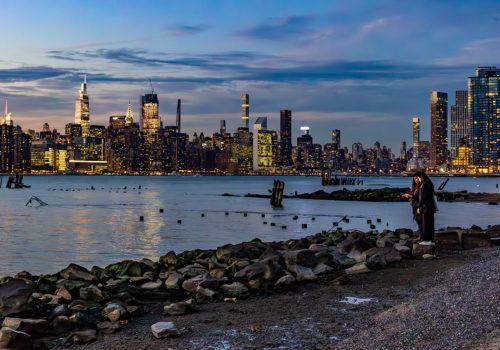On the occasion of the release of his Dictionnaire amoureux de New York ,the former director of Libération exposes 17 photographs of reflections on the buildings of the city at the Basia Embiricos Gallery in the Parisian Marais.
We know Serge July for the success he has achieved by transforming Libération, a leftist scoundrel, into a newspaper of reference between 1973 and 2006. He is known as a political editorialist at Europe 1, France 3, TF1, LCI, as documentary filmmaker, but until then not as a photographer.
However, the first images that he remembers are those of the defeat of the French army at Dien Bien Phu (March 13 – May 7, 1954) published by France-Soir whose father is a faithful reader. He is 14 years old and France-Soir and photography enter his life.

